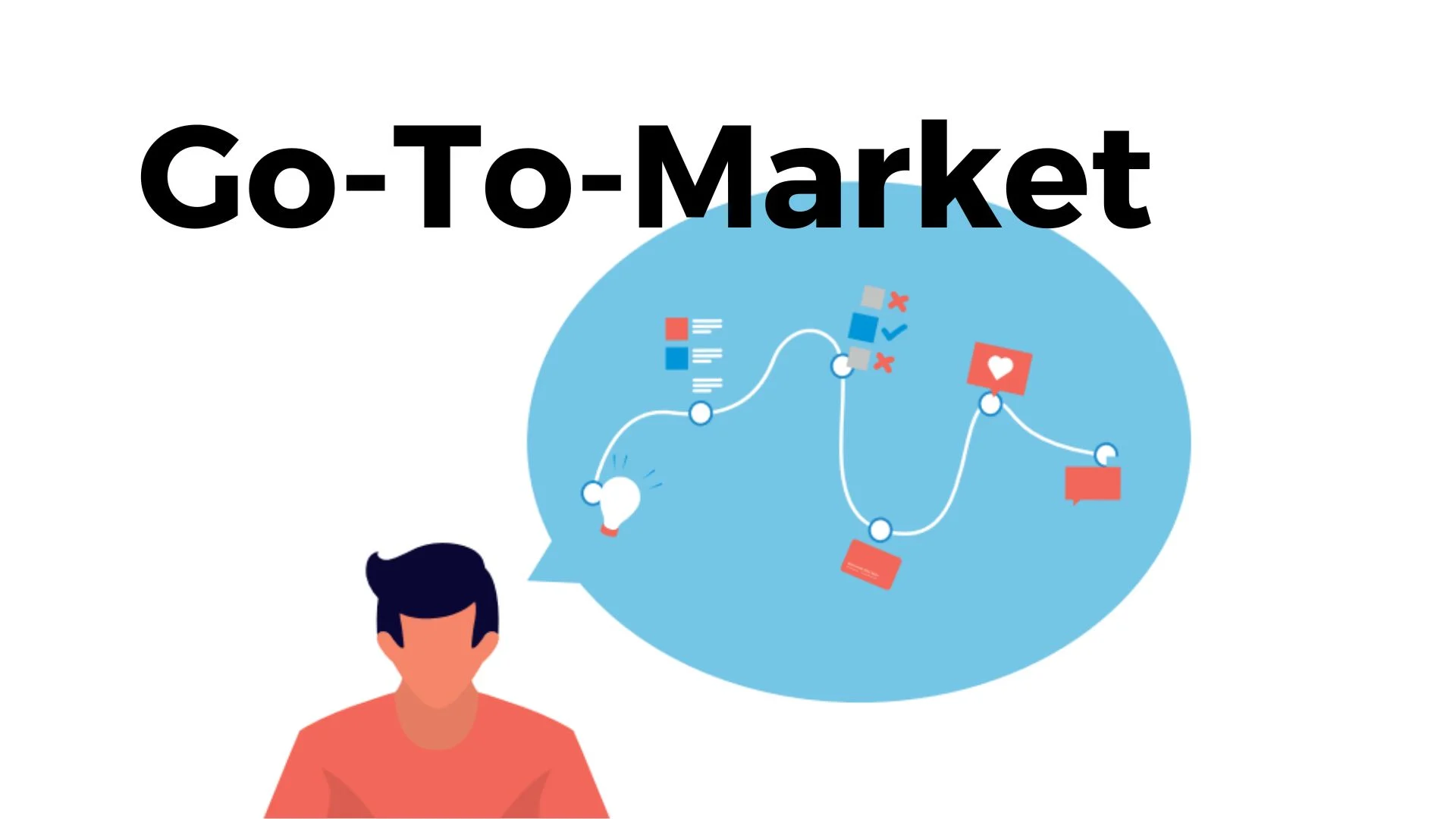In today’s fast-paced business environment, having a robust go-to-market (GTM) strategy is crucial for the success of any new product or service. A GTM strategy outlines how a company will reach its target customers and achieve competitive advantage. The essence of a great GTM strategy lies in its ability to clearly define the value proposition, identify the target market, and formulate effective channels and tactics for market penetration. This article delves into the components of an effective GTM strategy, presents a checklist for businesses to adhere to, discusses the role of AI and market research tools, and offers a detailed example for a SaaS portal offering a freemium package for document scanning and signing.
Components of a Great GTM Strategy
1. Market Analysis: Understand the market size, growth potential, and trends. Identify key customer segments and their pain points.
2. Value Proposition: Clearly articulate the unique benefits and differentiators of your product or service.
3. Customer Segmentation: Define your target customers and tailor your messaging and product offerings to meet their specific needs.
4. Distribution Channels: Determine the most effective channels to reach your target customers, whether through direct sales, partners, or digital platforms.
5. Pricing and Monetization: Develop a pricing strategy that reflects the value of your offering and meets market expectations.
6. Marketing and Promotional Plan: Outline your approach to generating awareness, interest, and engagement among your target audience.
7. Sales Strategy: Equip your sales team with the tools and training they need to effectively sell your product or service.
8. Metrics and KPIs: Establish clear metrics to measure the success of your GTM strategy and make data-driven adjustments as needed.
Go-to-Market Checklist
[ ] Conduct thorough market research and competitive analysis.
[ ] Define a clear value proposition and unique selling points.
[ ] Segment your target market and personalize your approach.
[ ] Choose the right distribution and sales channels.
[ ] Set competitive pricing and define your monetization strategy.
[ ] Create a comprehensive marketing and promotional plan.
[ ] Prepare your sales team with necessary tools and training.
[ ] Implement a system for tracking performance and gathering feedback.
Leveraging AI and Market Research Tools
The advent of AI and advanced market research tools has significantly enhanced the ability of businesses to make informed decisions. Tools like Google Analytics, SEMrush, and Ahrefs provide insights into market trends, customer behavior, and competitive landscape. AI-powered platforms such as Crayon and MarketMuse can automate the analysis of market data, predict trends, and generate content strategies. These technologies enable businesses to fine-tune their GTM strategies, optimize marketing efforts, and achieve better outcomes.
Example: GTM Strategy for a SaaS Portal Offering Freemium Scanning and Signing Documents
1. Market Analysis: Identify small and medium-sized businesses that handle a significant amount of paperwork but lack efficient document management solutions.
2. Value Proposition: Offer a user-friendly platform that simplifies the scanning and signing process, reduces paperwork, and enhances productivity.
3. Customer Segmentation: Focus on industries such as legal, real estate, and consulting, where document management is critical.
4. Distribution Channels: Utilize digital marketing, social media, and partnerships with business software providers to reach target customers.
5. Pricing: Introduce a freemium model with basic scanning and signing features, followed by tiered subscription plans offering advanced functionalities.
6. Marketing Plan: Launch targeted ad campaigns, offer free trials, and publish case studies showcasing efficiency gains from using the platform.
7. Sales Strategy: Use a direct sales approach for larger clients and self-service for smaller businesses. Provide online demos and customer support to aid the buying process.
8. Metrics: Monitor user acquisition rates, conversion from freemium to paid plans, customer satisfaction scores, and churn rates to measure success and guide iterative improvements.
In conclusion, a well-thought-out GTM strategy is vital for capturing market share and achieving sustainable growth. By adhering to the outlined checklist and leveraging modern AI and market research tools, businesses can navigate the complexities of market entry and scale their operations effectively. The example provided illustrates how a SaaS company can successfully deploy a GTM strategy to launch a document scanning and signing portal, demonstrating the practical application of these principles.



Comments are closed